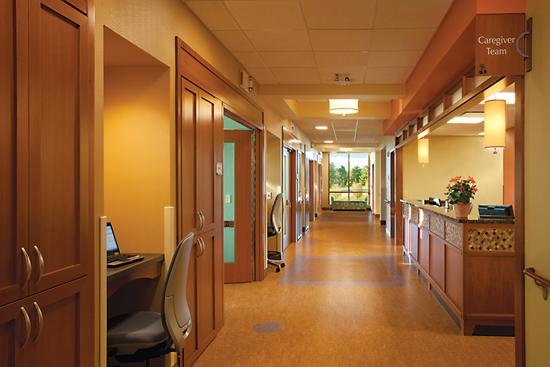The Top 250 Design Survey - October 2012
By Darius Helm
The commercial market may be smaller than it was five years ago, but there’s still a good deal of activity, with renovation work outpacing new construction. Some sectors are gaining, like higher education, acute care and senior living, while others, like retail and K-12, are flagging. The corporate sector is holding its own, and hospitality appears to be gaining steam from pent-up demand.
In terms of the A&D community, this year’s survey suggests that designers are more focused than ever on the business of securing and completing projects and less on ambitious aesthetic expression. Budgets remain conservative, credit is tight, and it’s all about doing more with less. One word that has just about vanished from designers’ lexicons is luxe. No one is talking about opulence or over-the-top installations, almost as though it’s in poor taste to be extravagant in these frugal times.
The focus is on quality materials with high performance attributes and long lifecycles, with the differentiating factor more on intelligent, thoughtful design than on luxurious statements. With an uptick in hospitality projects, it will be interesting to see if the same approach holds sway, since that’s the one sector that has a hard time staying away from opulent expression.
SECTOR OVERVIEW
One market doing well right now and expected to show strong growth for the next decade or two is senior living, a market that seems almost limitless in terms of applications and design directions. Because today’s and tomorrow’s seniors are more active than seniors from years past and are more demanding in terms of their environment, the sector draws on products from many different markets. It includes looks typically associated with everything from the residential market to the acute care market, including products traditionally found in hospitality, retail, fitness and even higher education.
However, senior living applications generally call for more slip resistant, cushioned flooring, and the colors and designs have to take into account the eyesight limitations of aging populations.
Another sector in the middle of a long run of sustained growth is acute care, both because of aging populations and a need to renovate obsolete facilities with more up-to-date healthcare models. Today’s hospitals and clinics require much more sophisticated design, with less institutional patterns and warmer colorways, and at the same time the performance of the flooring is more important than ever.
One sector that by rights should be rebounding by now is retail, but by all accounts it still remains very sluggish. Part of the problem is downsizing, but it’s also the shrinking margin issue. Consumers are making less money and are consuming less. They’re consuming more cautiously and increasingly turning to the Internet, and at the same time the cost of products is going up, so retailers are squeezed at both ends and focused on lowering overheads to stabilize their shrinking margins (a problem not exclusive to the retail sector). But it’s a bit of a Catch-22 because getting traffic into stores is more competitive than ever before, and that puts pressure on retailers to spruce up their locations to both make their stores more attractive and put out signals that they are successful.
For the complete Design Survey results, see the October 2012 issue of Floor Focus Magazine.
Copyright 2012 Floor Focus
